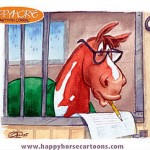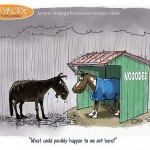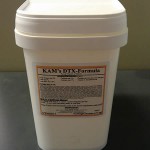
When treating chronic diseases my goal is to cure the disease. You may laugh at this point, because everyone knows certain conditions are listed as chronic diseases and there is no cure but only control of the problem with drugs/medications.
Since 1995 I have not utilized drugs in the treatment of chronic animal diseases, but only homeopathics, herbs and nutrition.
With Homeopathy, when I discovered the healing process and though I had success, the rate of cure was slow and spotty. Then I happened upon Dr. Royal Lee’s unique method of deriving extracts containing cells from specific organs and glands and I began using them in a clinical setting. Dr. Lee believed that these cellular organ extracts supported cell regulation, maintenance and the interaction between other body tissues that support the healing process.
The three glandular type products include Protomorphogens, Cytosols and Glandular Extracts. Of the three the Protomorphens (made from the nucleus and nucleic acids) are used most successfully in chronic conditions. The Cytosols (derived from the cytoplasm of cells) are glandulars used in acute conditions when the body needs a quick boost. The Glandular extracts (the easiest to produce and most widely used but most ineffective of the 3) are the desiccated remains of the organs.
Continue reading Tip of the Week – Healing Horses with Glandulars









